Hey there Joifam! 👋🏻Having acne is one of the worst experiences for anyone out there, but what’s worse is the aftermath of it - acne scars. After acne heals up, they usually leave a scar, especially if they were picked at or squeezed while in the process of healing. Some of us may experience light acne scars that heal over time while others may experience scarring that seems permanent. To know more about what type of acne scars you may be dealing with and how to treat them - read more.
What type of acne scars do you have?
If you have atrophic acne scars, they are usually flatter in appearance and are shallow depressions that are left beneath the surface of the skin after it’s fully healed. These types of acne scars come in different forms and sizes, and it varies with each different persons’ acne. There are 3 types and they are:
1. Boxcar Scars
This type of scars are commonly shaped like boxes and their edges are very straight and defined. These scars are usually also very broad in size. They usually form on areas of the face that have a rather thick layer of skin. Acne that form in groups or in a wide area tend to have a higher chance of causing Boxcar scars than other types of acne.
2. Ice Pick Scars
These scars are relatively tinier in size and they seem large on the surface but grow narrower as it goes deeper. Ice pick scars are usually formed from cheek acne and because they go quite deep into the skin, this type of scars are tougher to resolve than others.
3. Rolling Scars
Rolling scars are indentations on the skin that give an uneven look to the surface of the skin. They are usually caused by a band of scar tissue that did not heal properly and form under the surface of the skin. The sizes of rolling scars may vary according to person as well.

These types of scars are lumps of scar tissue that are raised and higher than the normal surface of the skin. Hypertrophic and keloid acne scars occur when there is a build up of scar tissue from when the acne healed up. Both these types of scars can usually occur in areas like the jawline. Those with higher melanin in their skin have a higher chance of developing hypertrophic and keloid acne scars.
However hypertrophic and keloid acne scars are both different from each other when it comes to their sizes. Hypertrophic scars are usually similar in size with the acne that causes it, whereas keloid scars are known to be bigger compared to the acne that caused it.
The dark spots and discoloured patches of skin left behind after acne heals is usually considered to be a scar. However they are actually not scars, but just post-inflammatory hyperpigmentation after the healing process is complete. With proper care, hyperpigmentation and dark spots would usually return to your natural skin colour after some time.
How can I treat scars and get rid of them?
These types of scars are hard to be treated and treatments for them are not recommended to be done at home. A few ways to remove them would be to opt for steroid injections, surgical removals or even laser therapy. All of these methods help reduce the appearance of both hypertrophic and keloid scars and make the skin appear smoother. Always get your dermatologist’s advice before proceeding with any of these methods.
There are a number of treatments you could choose from to reduce the appearance of both atrophic acne scars and hyperpigmentation:
1. Laser therapy
This method is a quick and efficient way to reduce the appearance of both types of scars. The outer layers of skin are removed with high-energy light, while the inner layers of skin are stimulated to produce collagen. Ablative laser therapy is the term for this type of treatment. Heat is used in non-ablative therapy to stimulate collagen formation in the skin's inner layers.
2. Exfoliate the skin
When the skin is healing slowly, you can help aid the process by regularly exfoliating your skin. Exfoliating your skin helps get rid of dead skin cells and encourage skin renewal. We recommend you to use a gentle exfoliating product instead of harsh and physical exfoliators, as those can aggravate your skin and hurt it even more. Joi’s Enzyme Instant Glow Serum uses the natural enzymes of pineapple and pomegranate to gently exfoliate the skin and at the same time, stimulate new cell growth.

3. Implement the use of bakuchiol
A more natural and safer way to stimulate collagen production in the skin, is to use skincare products containing bakuchiol. Bakuchiol helps increase the skin’s production of collagen and helps brighten out the skin tone as well. Bakuchiol is also safe to be used by everyone as it is 100% natural. Our recommendation is the Bakuchiol Skin Booster by Joi, as it is non-comedogenic and helps treat many acne scar concerns like inflammation, discolouration, lack of collagen production and so much more - It’s basically an all rounder treatment in one bottle.

Experiencing acne scars and also treating them is a journey, it takes time and patience to get rid of them. But as long as you religiously take the proper steps to care and treat them, you would achieve that flawless skin you’ve been waiting for and acne scars would just be a thing of the past.
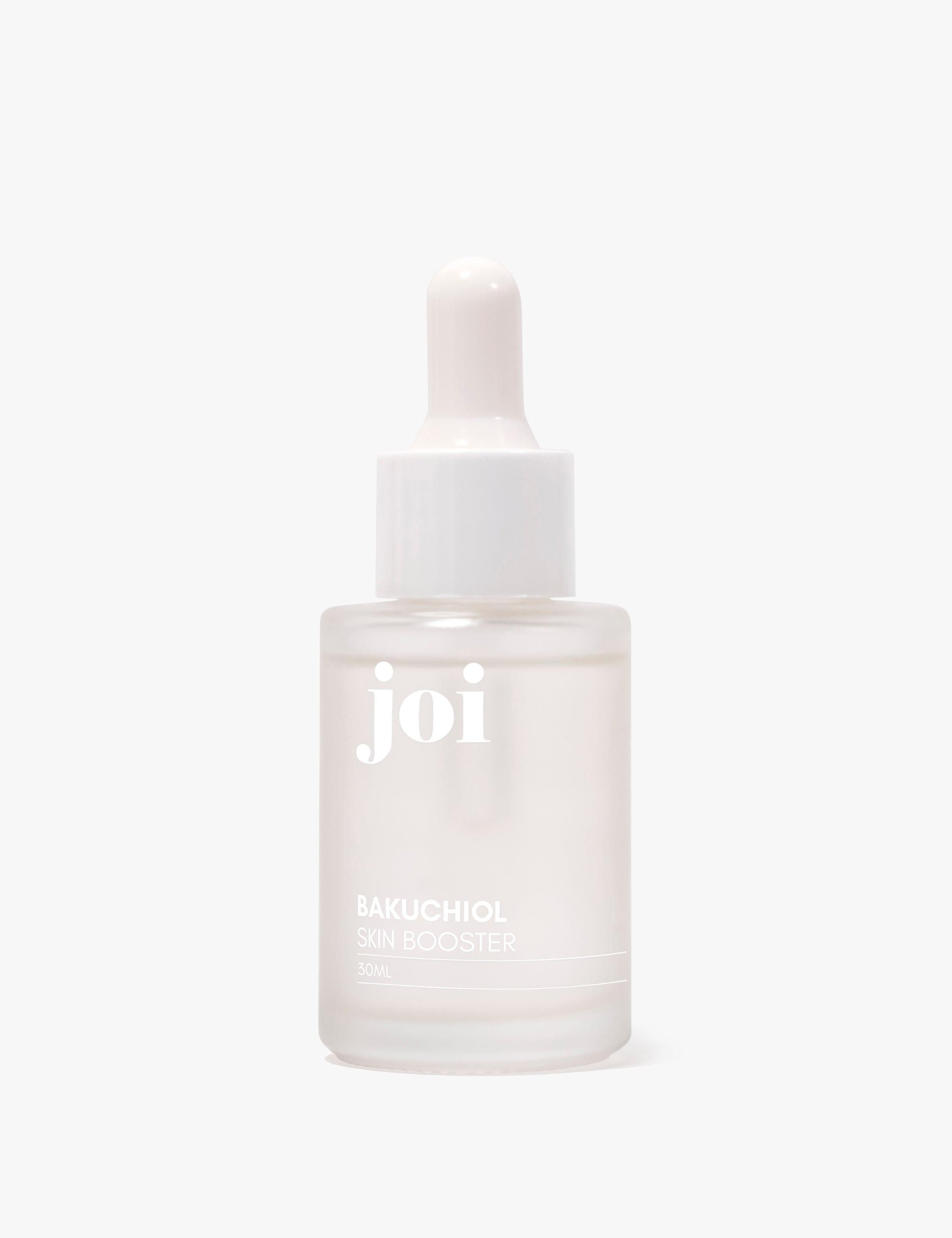

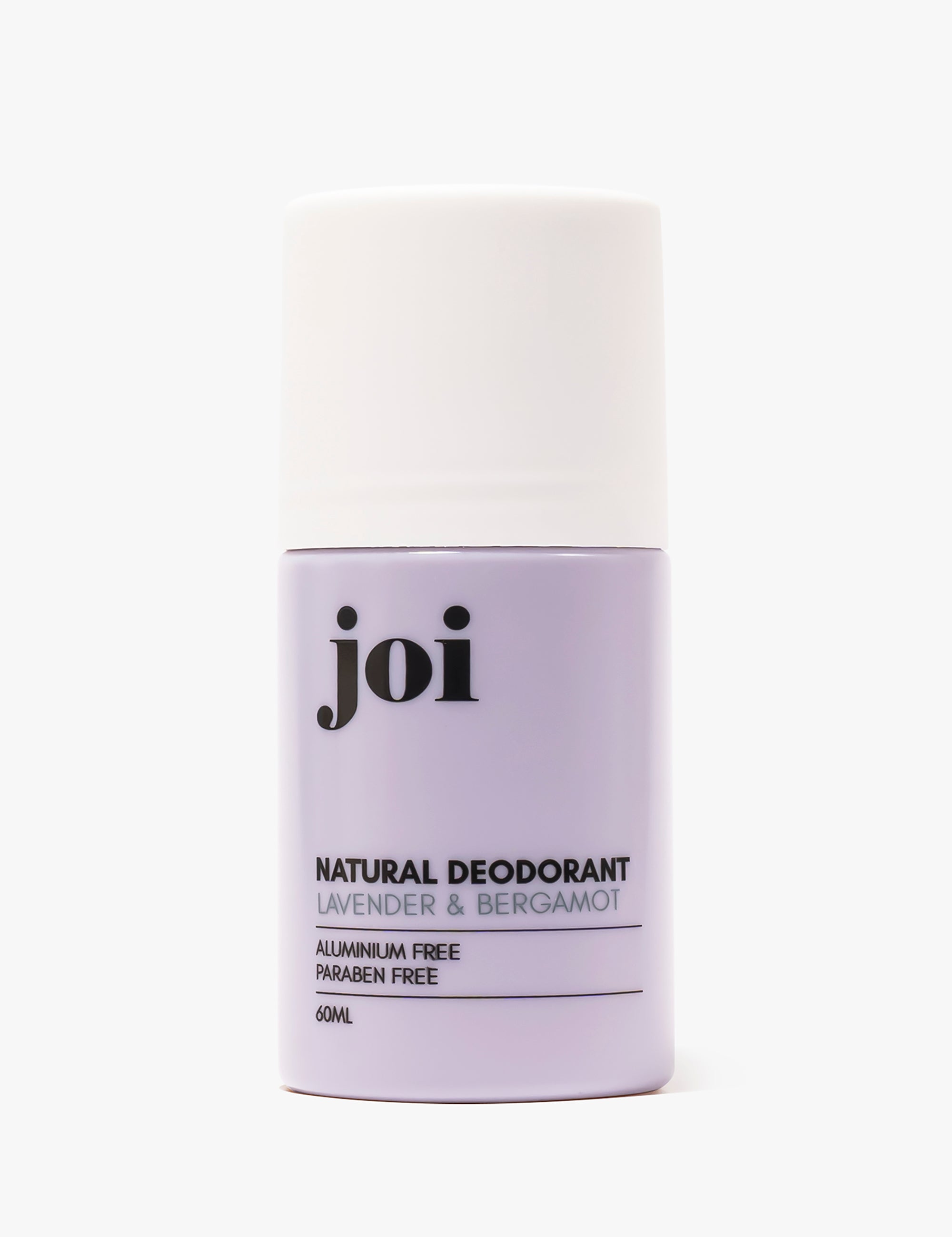
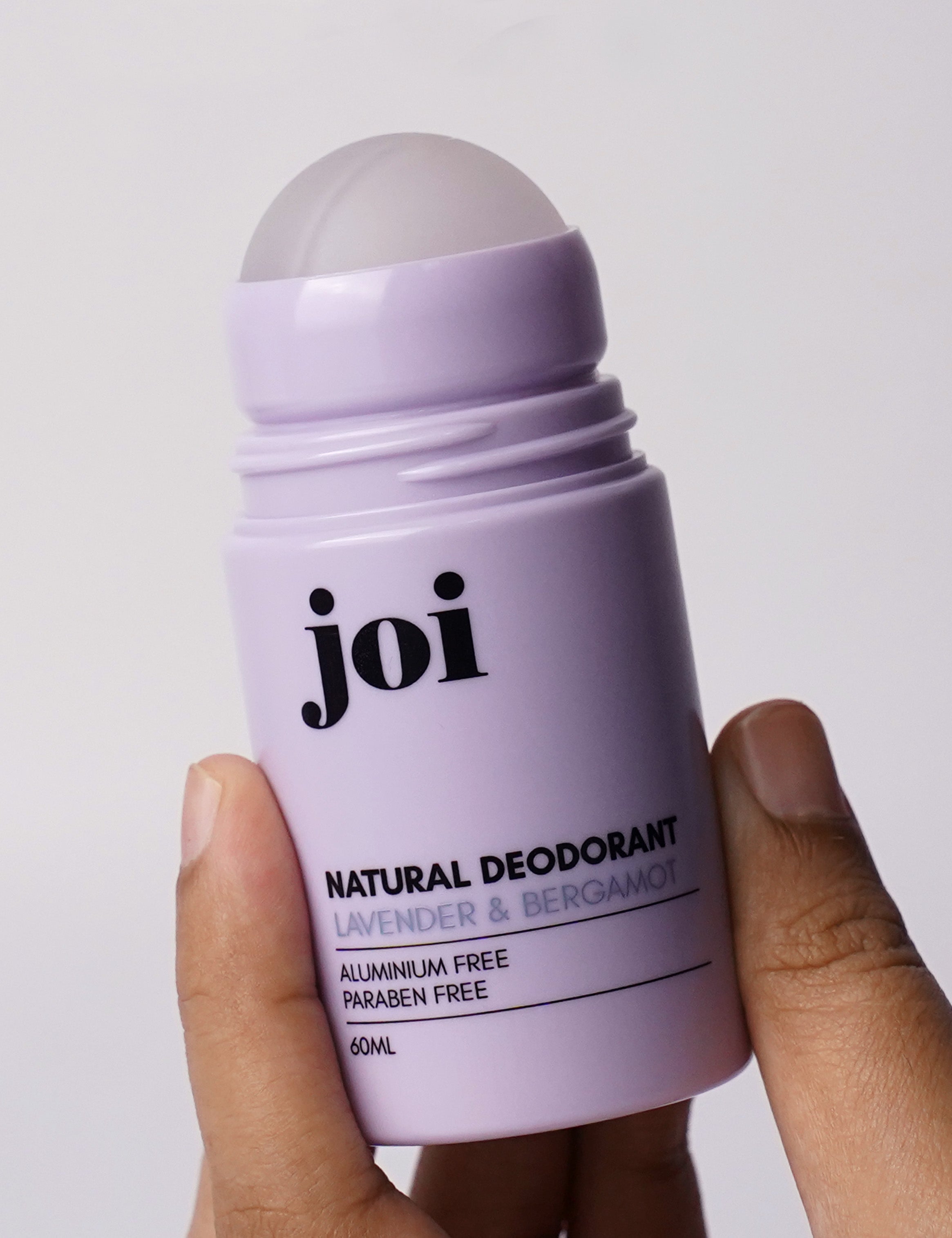
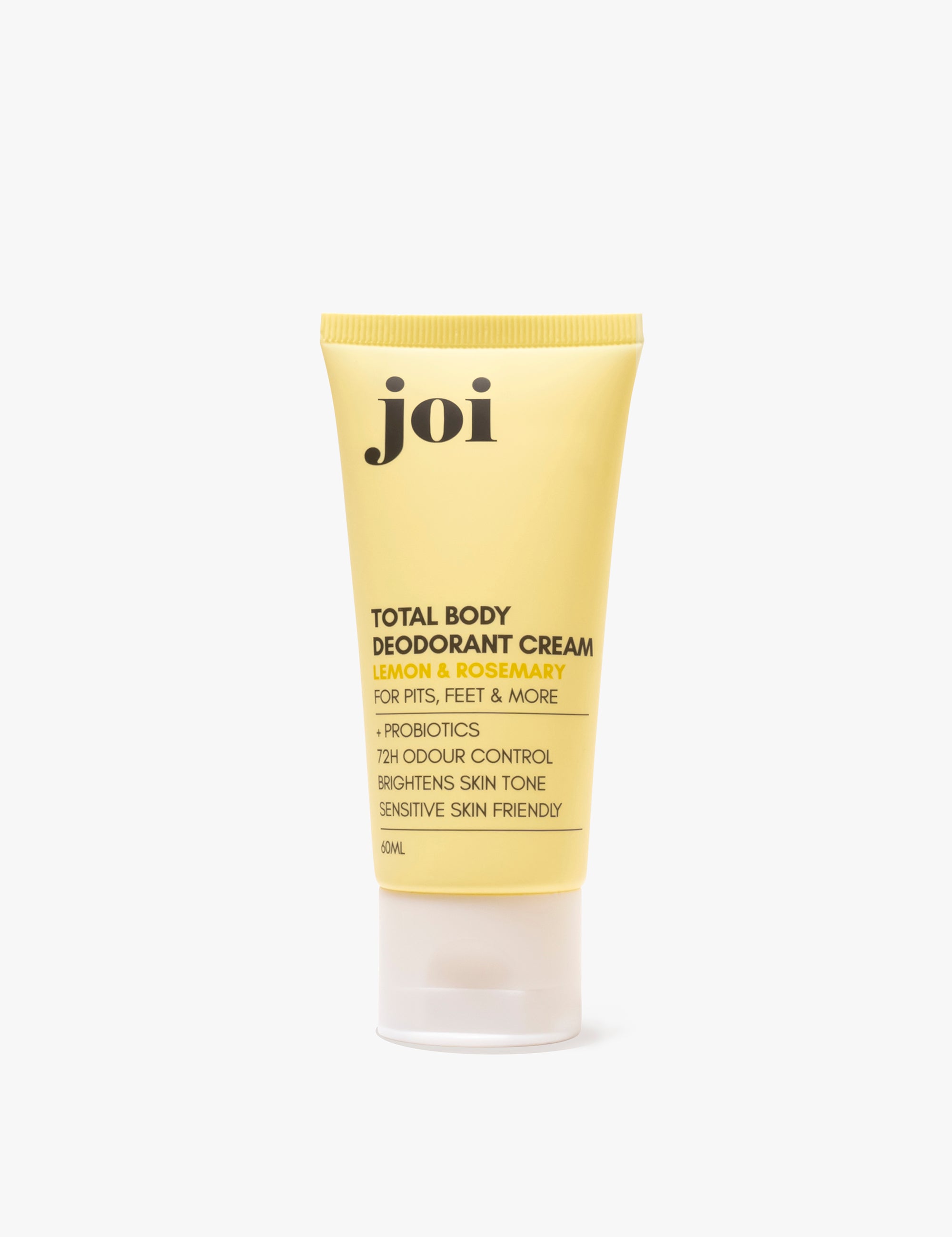
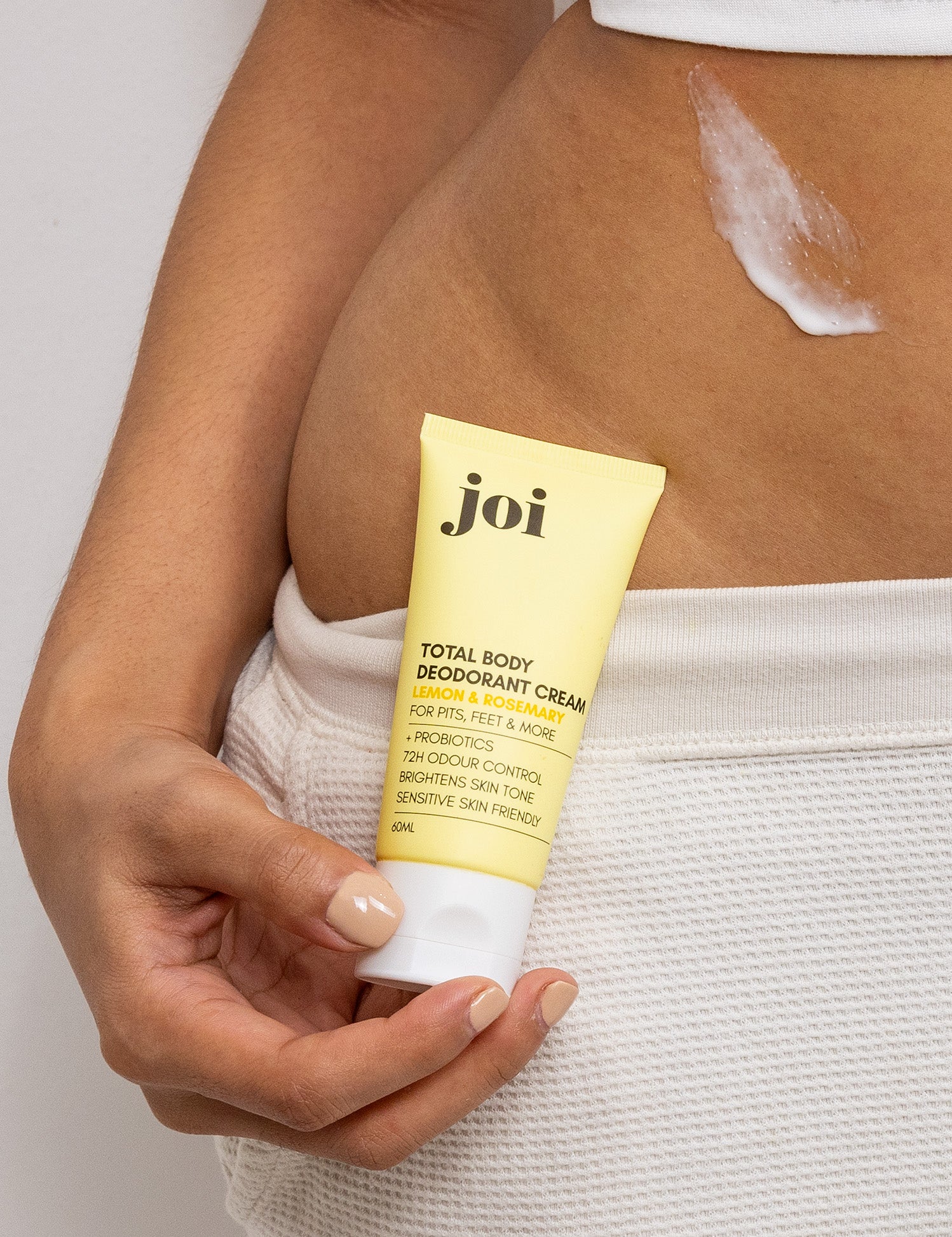
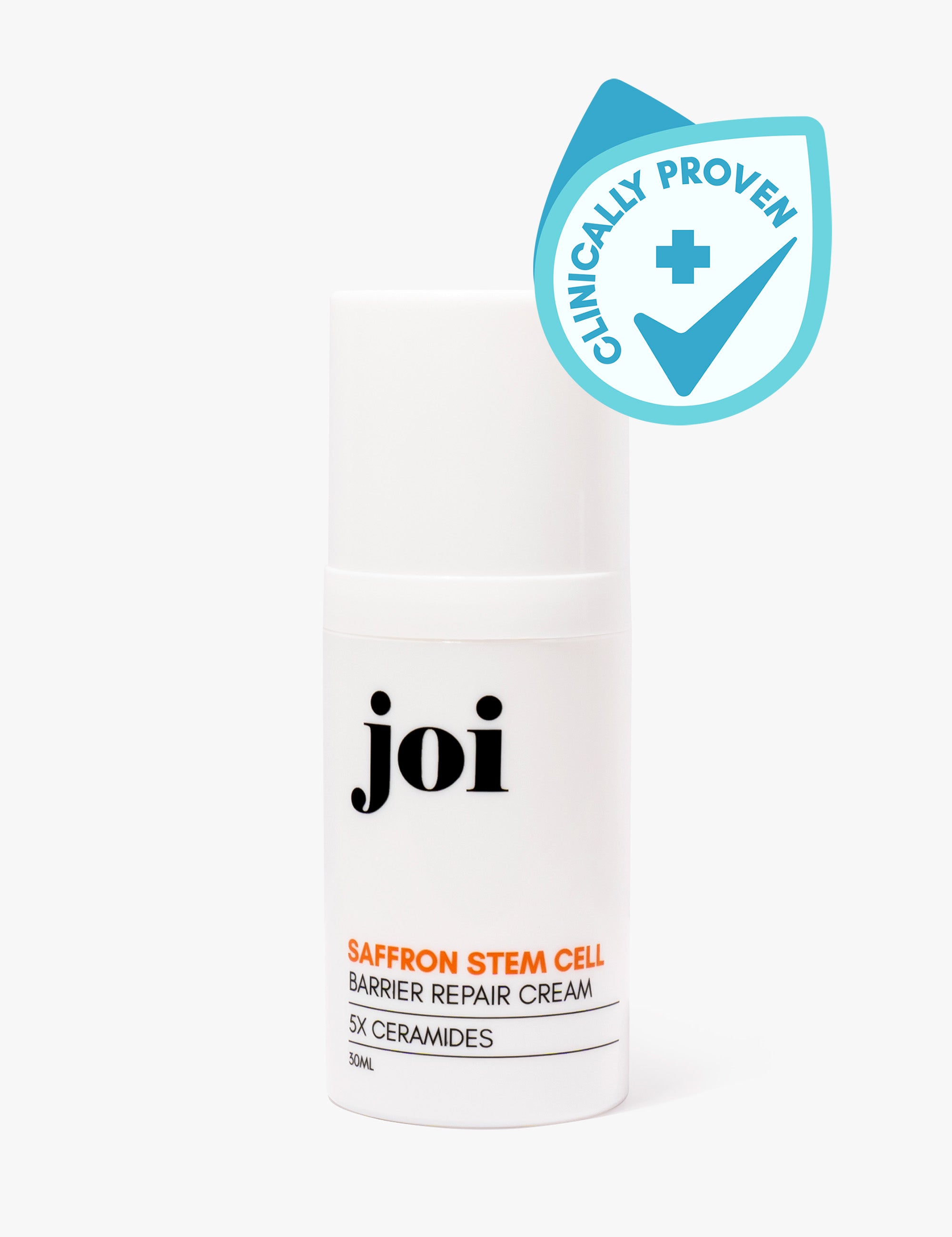
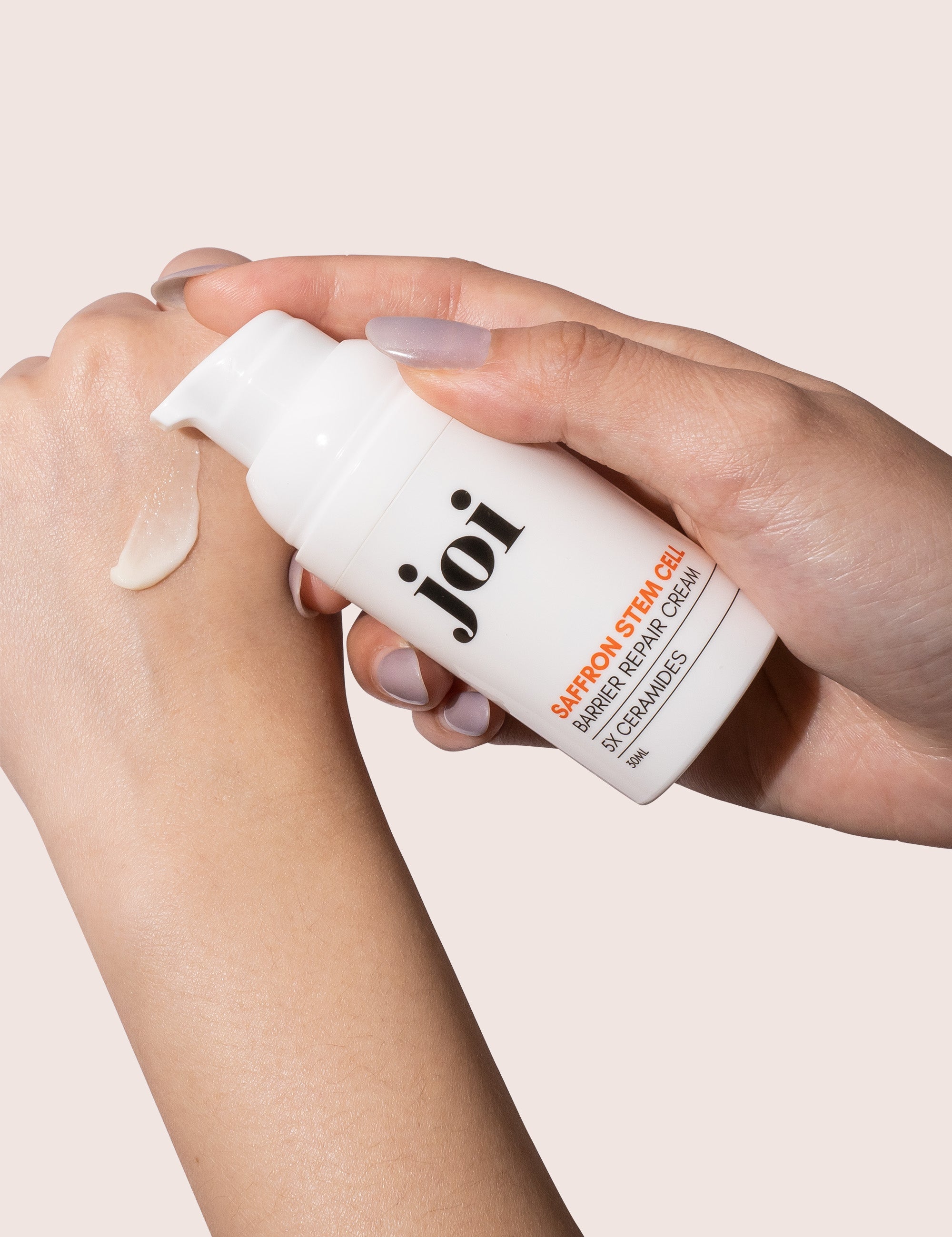

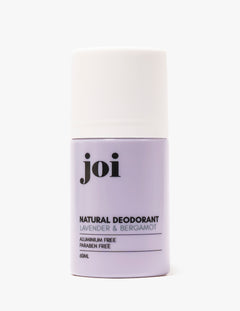

Leave a comment